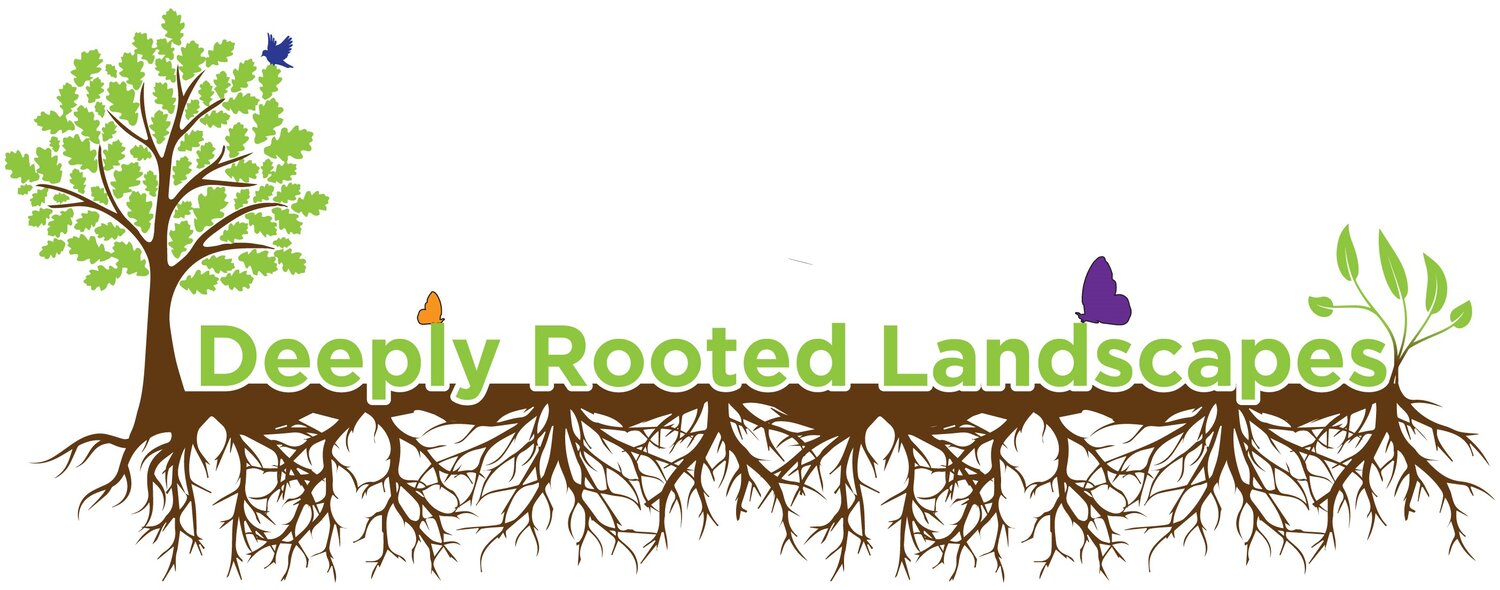Earth Day and Native Plant Month
Happy Earth Day—and Happy Native Plant Month! In 2019, a bill was signed into law designating April as Native Plant Month in Ohio. In 2024, with unanimous consent, Senate Resolution 603 passed, making this designation national. Of course, the decision to have April as Native Plant Month—the same month during which Earth Day occurs—was no accident.
On this particular Earth Day, we thought we’d take a look at some encouraging stats and information that show that it’s not just us dedicated native plant folk who are making changes.
A recent survey commissioned by the National Wildlife Federation showed that 25% of people surveyed specifically seek out and buy native plants, up from 17% just a few years ago.
In that same survey, the number of people who intended to convert all or part of their lawn to a native landscape more than doubled, from 9 to 19%.
Overwintering monarch population numbers generally decrease starting in November. A late-season count shows the number of monarchs in the year’s breeding population. This year, the average number decrease from November to late January was 17% less than the previous year: we will start this season with more monarchs!
In late 2023, our local Five Rivers Metroparks was awarded a 1.45 million dollar grant to help rid the 556-acre Possum Creek Metropark of invasives and restore crucial habitat. This support will free up resources and ultimately help with efforts to maintain native habitat throughout all of the Metroparks.
One in four American citizens lives in a state where neonicotinoids are no longer allowed to be sold to anyone who’s not a trained and licensed professional. They will not be sold over the counter, which is positive news for declining bee populations.
The callery pear is now illegal to sell in Ohio. As of 2023, nurseries can no longer sell this invasive tree.
These are amazing large-scale improvements. Each one of us can help on a small scale, too. To round out our Earth Day post, here are five simple (really!) things someone like you can do to celebrate Earth Day every day.
Plant an oak to help the birds. Oaks are the host plant for hundreds of caterpillars, and caterpillars are the primary food source for baby songbirds (Ohio has over 100 species!). A shingle oak is one of the smaller oaks and will fit nicely in almost any yard.
Leave the leaves. You’ve heard it a million times: leave the leaves! But why? For wildlife and soil health. Firefly larvae make their homes in leaf piles. Bumblebee queens burrow just an inch or two under the soil, relying on leaf litter to insulate them over the winter. So many insects and animals depend on the fallen leaves in their habitat. You can leave them where they fall, make leaf piles (that will eventually break down into organic material that will benefit your garden), or spread them around your garden beds.
Shrink your lawn. Even a tiny amount helps. Do you have a cardboard box and a bag of mulch? Break down the box, lay it over an area of grass, and put the mulch on top. Congratulations - you have a garden bed where you can plant a little patch of native plants! Work on expanding this area as you have the time, budget, and energy.
Save your seeds. Are you already a native plant gardener? Save some seeds to donate to a free seed library (found locally in several public libraries!). Write a blurb on the envelope telling people how to sow them and some growing information about the plant, setting a new native plant gardener up for success. Donate as many as possible - even if just seeds from a single plant.
Start small, and keep going. Converting a “traditional” garden to native plants can be overwhelming, as can eliminating a backyard full of invasive plants. Pick the project you can handle now, and tackle it. Maybe it’s the giant honeysuckle in the corner of your backyard. Or it could be a garden bed full of invasive groundcover. Maybe it’s a callery pear that’s been in your front yard since before you moved in. Many of us have ALL of these projects to deal with. You don’t have to do it all at once. Working on it as you can will benefit your yard’s ecosystem more than taking on too much and giving up halfway through.
Happy Earth Day and Native Plant Month, current and future native plant friends! How are you celebrating today?

